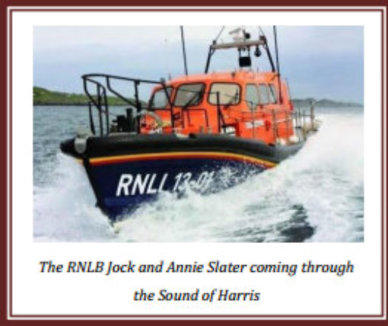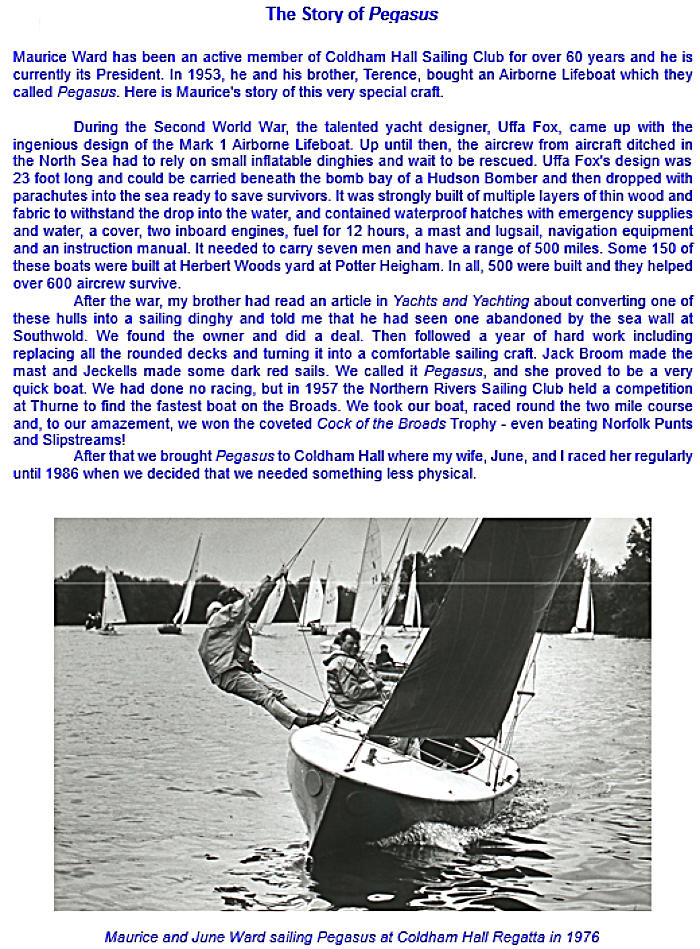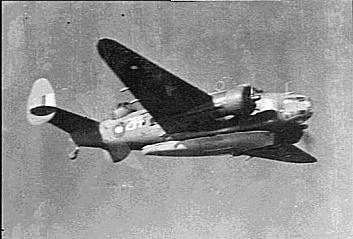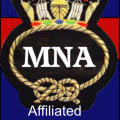
Page 4 of 6







Delve into the history of the RNLI through its timeline and discover key events and innovations in its history here.





Airborne Lifeboat at Broads Museum

The RNLI was founded as the Royal National Institution for the Preservation of Lives and Property from Shipwreck in 1824. In 1854, it
changed its name to what we know it as today. Its main base is in Poole, Dorset. It has 238 lifeboat stations, and an active fleet of
431 lifeboats, which range from large, all-weather lifeboats to smaller inshore vessels.
The impact of the RNLI’s work cannot be overestimated. Its operations have saved over 143,900 lives since 1824, and it is not just
men who have been the heroes: Grace Darling became one of the Victorian era’s most celebrated heroines when, on 7 September
1838, she risked her life to rescue the stranded survivors of the wrecked steamship Forfarshire. Today, around 95% of the RNLI team
are volunteers; they are around 5,600 crew members, 3,700 shore crew, including station management, 82 lifeguards, and 23,000
fundraisers. The scale of the RNLI’s contribution to search and rescue is immense. In 2021 alone, there were 8,868 lifeboat launches,
84 of which were in at least force 8 conditions, and 1,022 crew assemblies—a total of 9,890 taskings. That resulted in 12,903 people
being aided, and 296 lives being saved.
The RNLI’s work is not just about reacting when things go wrong, but reducing the need for search and rescue by educating and
advising on dangers. RNLI water safety teams reached more than 27 million people in 2021 with essential messaging, undoubtedly
saving more lives and keeping families together.
The RNLI charity provides a 24-hour search and rescue service around the United Kingdom and Republic of Ireland. Across the
entire UK, there are 238 lifeboat stations, 46 of them in Northern Ireland. There are also 240 lifeguard units on beaches, which gives
an idea of the magnitude of the issue. I found this figure incredible: since the RNLI was founded in 1824, its lifeboat crews have
saved more than 142,700 lives.
In addition to the RNLI, there are more than 50 independent lifeboat organisations that operate along the coastline and on inland
waterways across England, Wales, Scotland and Northern Ireland for the purpose of saving lives on the water. Those independent
lifeboats are run primarily, if not entirely, by volunteers, and funded by local donations. The majority of those independent lifeboats
are equipped, maintained and operated in accordance with the rescue boat code.
Merchant Navy Association Boat Club
(Affiliated to the Merchant Navy Association National Charity)
FEATURED ARTICLES



Page 4 of 6
